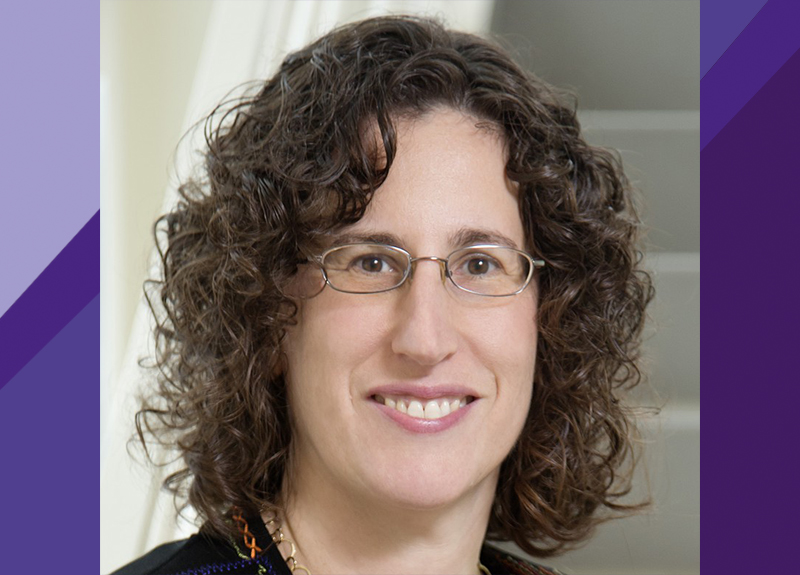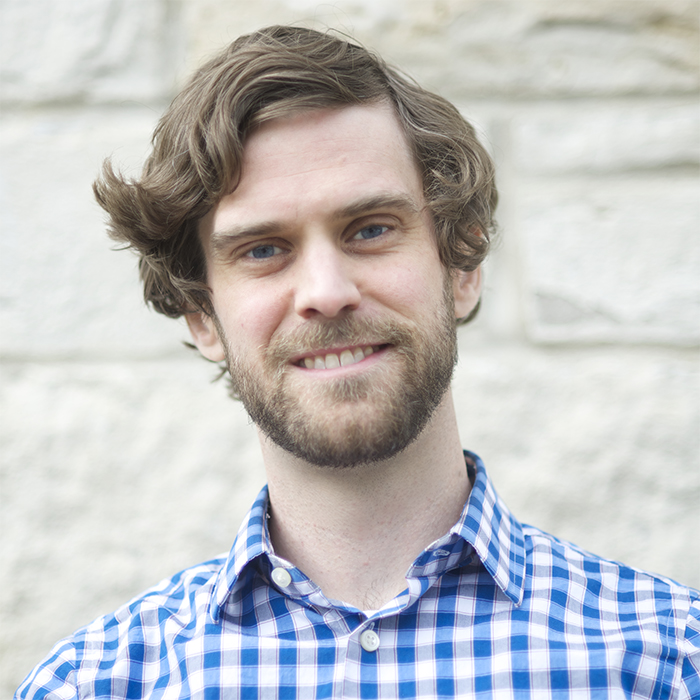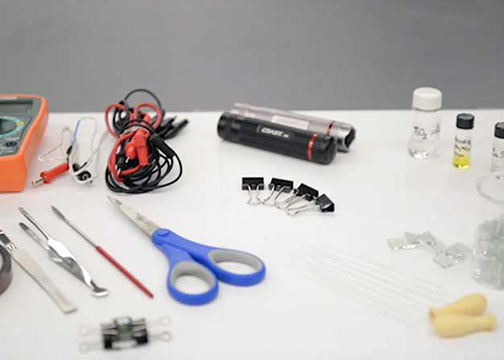One of Northwestern’s premier energy research centers just got a little bigger.
Professor Sharon Hammes-Schiffer, a theoretical chemist from the University of Illinois, Urbana-Champaign, is joining the Argonne-Northwestern Solar Energy Research (ANSER) Center, a portfolio center of the Institute for Sustainability and Energy at Northwestern (ISEN). Her work will help ANSER in its mission to revolutionize scientists’ understanding of the molecules, materials, and physical phenomena necessary to create dramatically more efficient technologies for solar fuels and electricity production.
“Professor Hammes-Schiffer is a member of the National Academy of Sciences and a major figure in theoretical chemistry, especially as applied to problems in solar fuels and catalysis. We are very excited to have her on board,” said Prof. Michael R. Wasielewski, ANSER Director and ISEN Executive Director.
“I jumped at the opportunity to interact with the researchers at ANSER,” said Hammes-Schiffer. “There are a number of top experimentalists and theorists in ANSER, and this is a chance to collaborate with them, learn about their systems, and find exciting solutions to complex problems. The work that these researchers are doing isn’t incremental—it’s transformational. I’m looking forward to joining them to create something truly exciting and new in terms of conceptual advances.”
As a theoretical chemist, Hammes-Schiffer relies on collaborating with experimentalists to be able to implement her predictions. Her work looks at trying to understand the fundamental physical principles of charge transfer reactions—that is, the transferring of protons and electrons in chemical reactions.
“I find ways to help experimentalists interpret their experimental data. One of our goals as theorists at ANSER is to come up with guiding design principles we can give to our experimental collaborators to help in designing their catalysts,” she said. “In order to identify and validate these guiding design principles, we need to work with experimentalists so they can help us test our calculations and predictions to make sure they’re accurate. This give-and-take feedback between theorists and experimentalists is very enriching and plays an essential role in catalyst design.”
Prof. Hammes-Schiffer’s research focuses on the development and application of theoretical and computational methods for describing chemical reactions in condensed phases and at interfaces.
“Almost all catalysts involve the movement of protons and electrons. It’s about designing catalysts that are faster and require less energy input. I’m especially interested in proton-coupled electron transfer, or PCET. The idea behind PCET is that protons and electrons are often transferring in a way that’s coupled, and we’re trying to understand how they’re coupled in energy conversion processes. This is very important because once you understand how they’re coupled, you can then understand how to control and tune them. For example, you may want to make the coupling stronger or, alternatively, decouple them entirely, depending on your end goal,” she said.
Founded in 2007, ANSER is a multi-institutional research collaborative that currently includes 40 to 50 student researchers and 21 principal investigators at Northwestern University, Argonne National Laboratory, ISEN’s Solar Fuels Institute, University of Chicago, and Yale University. In 2009, the center received $19 million as part of the Energy Frontier Research Center (EFRC) initiative, a U.S. Department of Energy program that has created multi-investigator centers involving universities, national laboratories, nonprofit organizations, and for-profit firms to conduct fundamental research on energy science’s most pressing advancements. ANSER’s EFRC grant was renewed for an additional $15.2 million in 2014.







